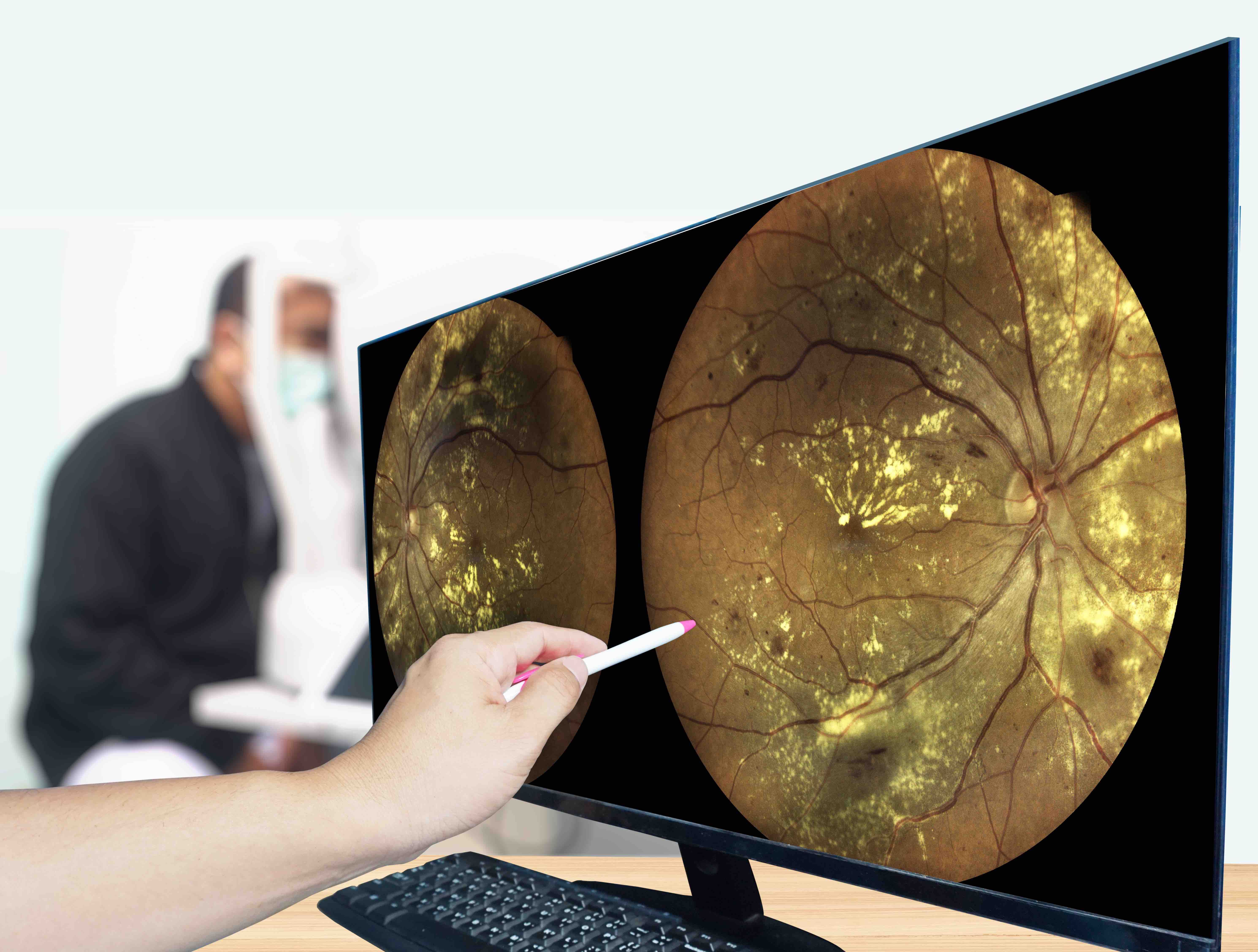Video
Dr Peter Dicpinigaitis Highlights Promising Therapies in the Pipeline for Chronic Cough
The P2X3 antagonists are the furthest along in the drug development process, but there are other potential drugs being evaluated to treat chronic cough, which currently has no FDA-approved therapies on the market, said Peter Dicpinigaitis, MD, chair of the American Cough Conference.
The P2X3 antagonists are the furthest along in the drug development process, but there are other potential drugs being evaluated to treat chronic cough, which currently has no FDA-approved therapies on the market, said Peter Dicpinigaitis, MD, chair of the American Cough Conference, professor of medicine at the Albert Einstein College of Medicine, director of the Montefiore Cough Center, and editor-in-chief of LUNG.
Transcript
There are a number of P2X3 antagonists being studied for chronic cough: What is it about these drugs that they seem to be promising in the treatment of chronic cough?
So, it's nice for me to be able to say that the last 5 or 10 years in the cough world have been very exciting ones because we have gone from having really no chronic cough drugs ever approved in the United States, which is the case, to now having a number of promising drugs in the pipeline.
And the most exciting and the most far advanced of these are, as you mentioned, the P2X3 antagonists. The P2X3 ion channels or receptors lie in the airway, and they are triggered by intra-airway ATP. So, we have learned in the last few years that this is a very important mechanism for the production of cough.
So, once we established that the P2X3 receptor is an important component of the mechanism of cough induction, then P2X3 antagonists were developed to block that initiation of that afferent cough reflex. In fact, we have 4 drugs in the pipeline now, one of which, gefapixant, has actually completed phase 3 trials, and that drug is furthest along. But there are 3 other companies with their own P2X3 antagonists, which are felt to be possibly more specific P2X3 antagonists. So, we will have updated lectures from all 4 of the companies in the P2X3 space giving us the most up-to-date data on their studies: 1 in phase 3, and 3 in phase 2.
Although the P2X3 programs are by far the most far along in terms of clinical development, the P2X3 antagonists aren't the only potential drugs being looked at. There are 2 other exciting programs going on looking at a neurokinin-1, or NK-1, receptor antagonist. These drugs could have peripheral and central effects against cough.
And earlier on in the pipeline but very interesting too are the so-called voltage-gated sodium channel blockers or the Nav1.7 blockers, which have a mechanism similar to lidocaine, for example, but are more specific to the cough reflex. So, we're greatly looking forward to learning more about how those drug programs go on in the coming years.




